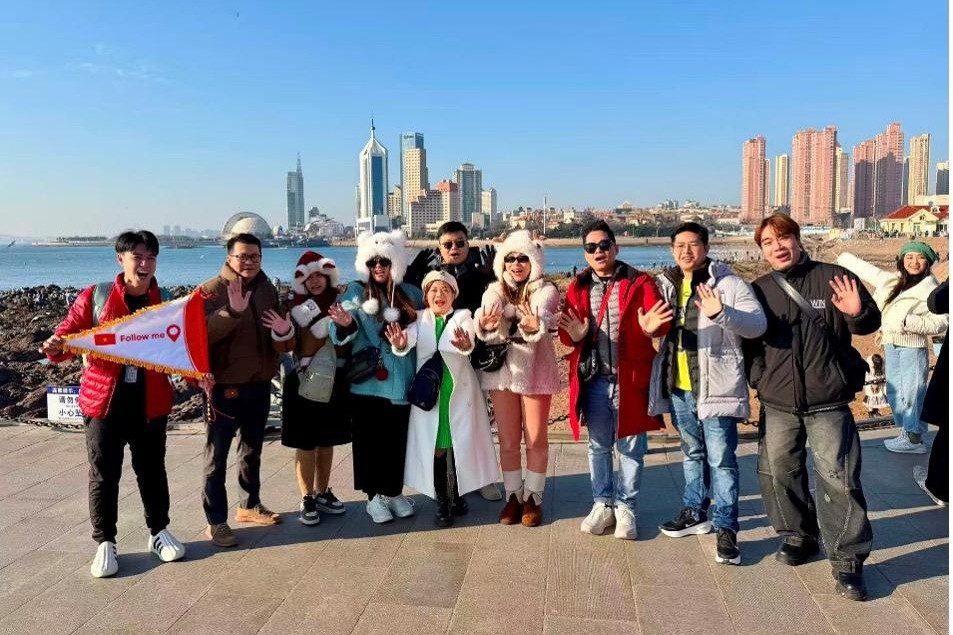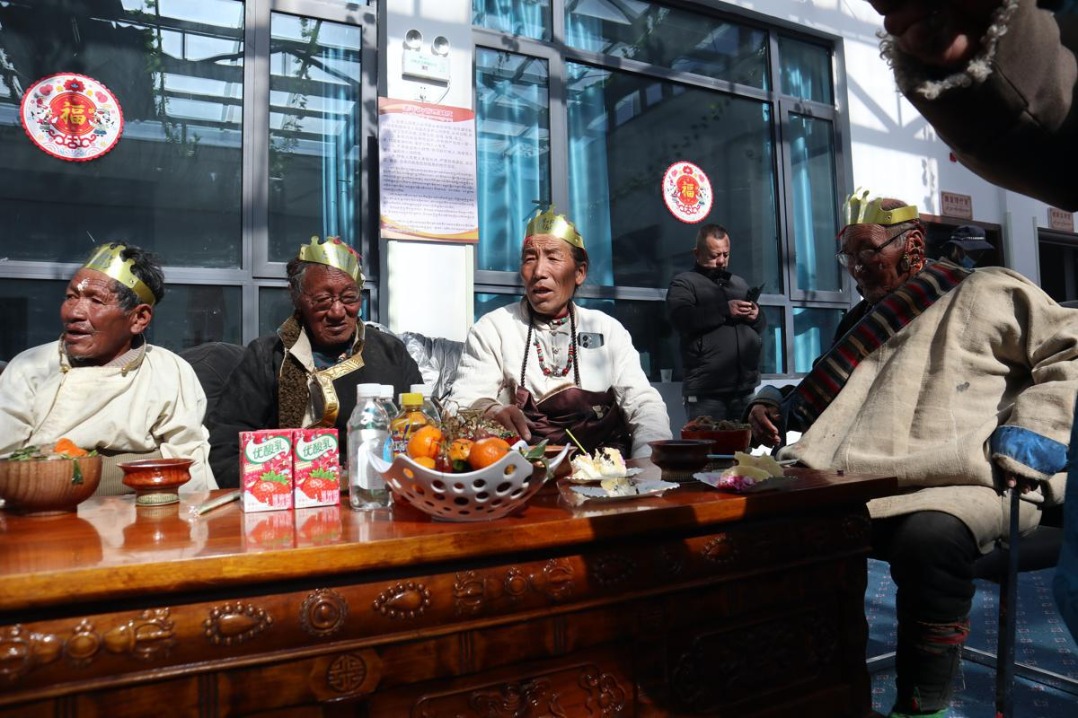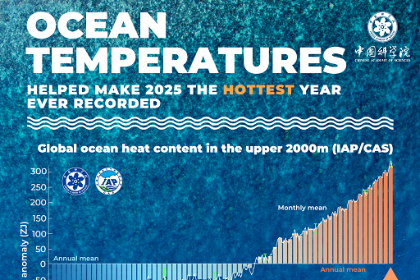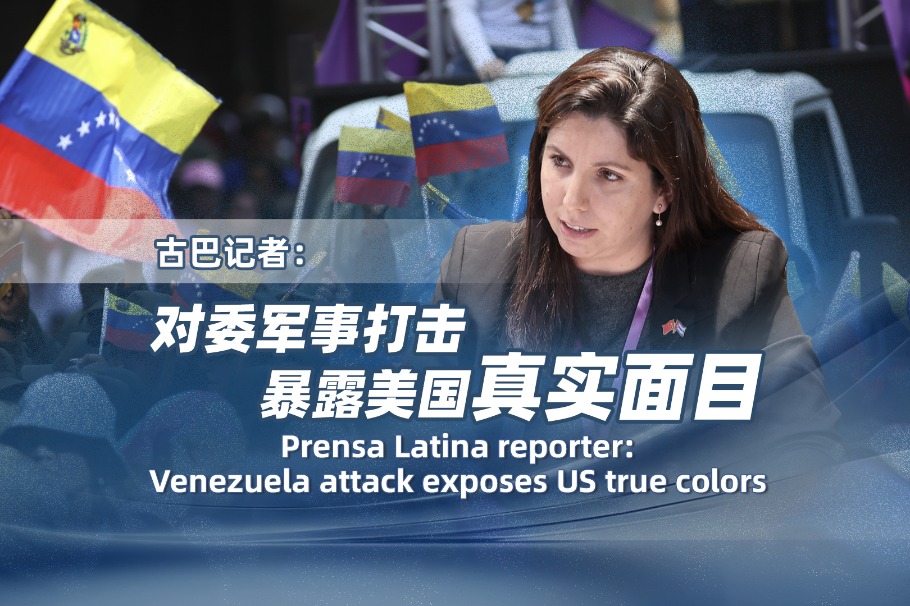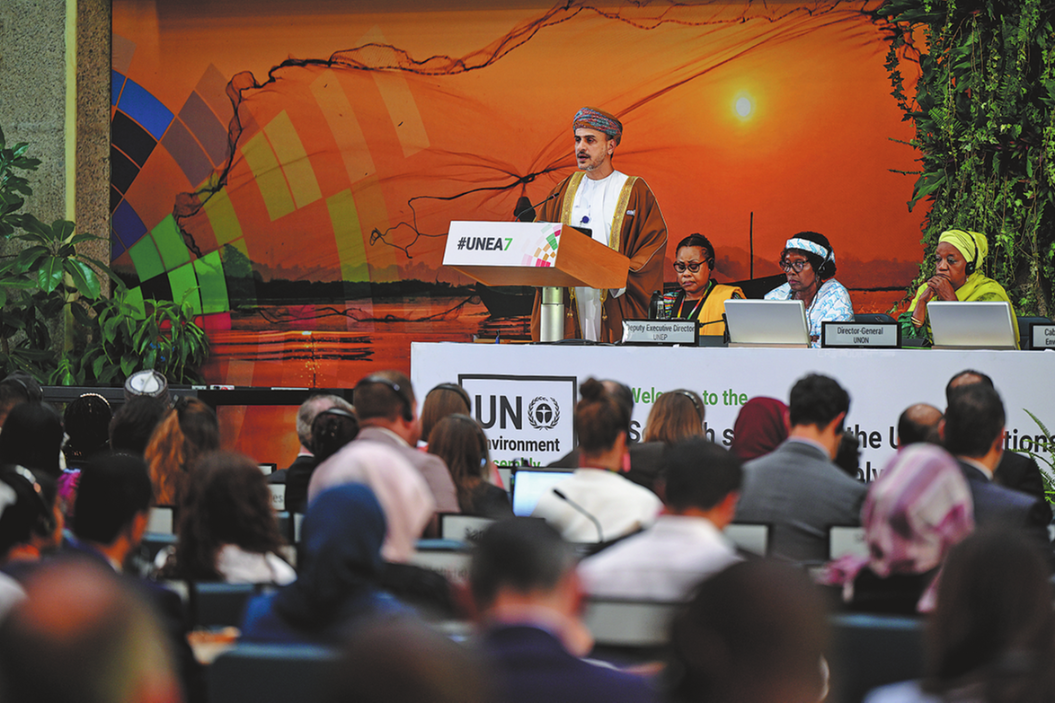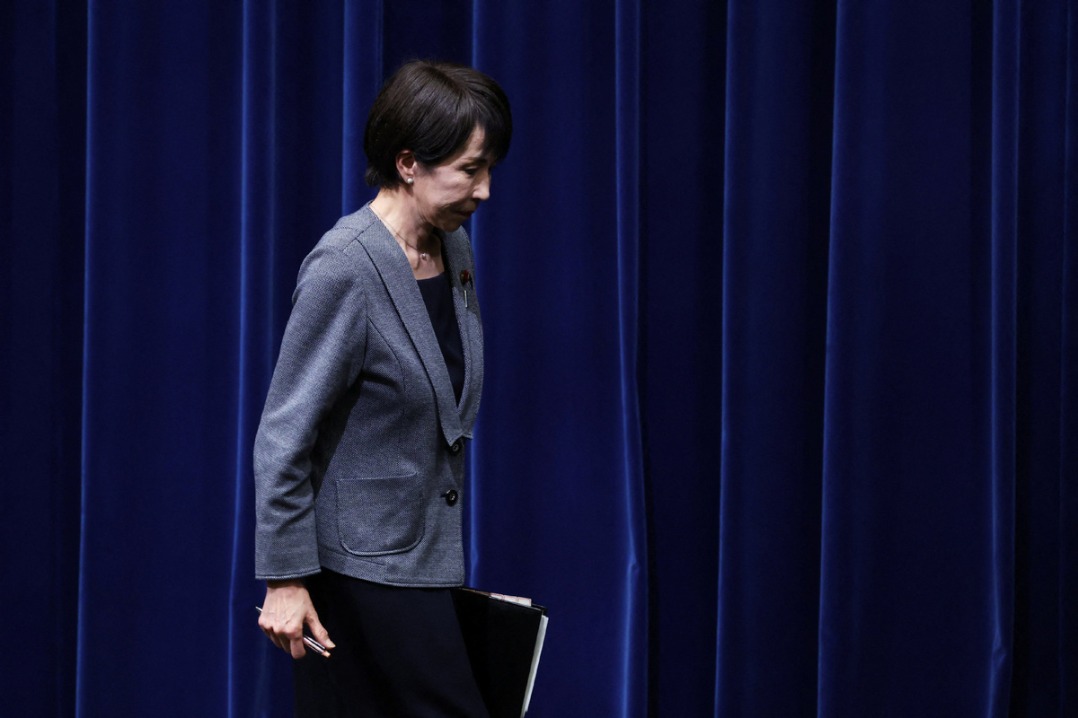A 'golden model' of regional collaboration
The LMC version 2.0 offers a path to upgrading and innovating cooperation in new era


On the 10th anniversary of its establishment this year, the Lancang-Mekong Cooperation mechanism enters a new phase called "version 2.0", during which its six member countries — China, Thailand, Cambodia, Laos, Myanmar and Vietnam — will forge a more resilient and comprehensive regional health community for all.
The LMC version 2.0 is characterized by unity and cooperation, openness and win-win outcomes, green innovation, and peace and tranquility. This new version aims at comprehensively advancing the quality of the LMC by focusing on strategic planning, conceptual values and institutional development, thereby fostering a more closely knit community of a shared future among Lancang-Mekong countries.
At the strategic level, on the one hand, version 2.0 aims to further highlight the role of the LMC as a golden platform for regional cooperation, and support the high-quality development of the Belt and Road Initiative. On the other hand, the overall influence of the Global South continues to grow. The significance of Southeast Asia in China's neighborhood diplomacy strategy becomes increasingly prominent. The LMC version 2.0 will help align itself with China's goals of building a China-Association of Southeast Asian Nations community with a shared future, and increase China's engagement with other Global South countries and participation in the reform of the global governance system. With the joint efforts over the past decade, the six countries have laid a solid foundation for building version 2.0.
First, the six countries have continuously enhanced political mutual trust. China is working with Cambodia and Laos on implementing related action plans. In April, the leaders of China and Cambodia agreed to build an all-weather China-Cambodia community with a shared future in the new era. China and the five Mekong countries are also deepening the construction of a community with a shared future in specific areas such as cyberspace and energy.
Second, the institution-building of the LMC is being accelerated. With the leaders' meeting every two years and foreign ministers' meeting every year, working groups for the six ministerial priority areas are functioning well. The six countries have closely shared knowledge and strengthened capacity-building, continuously providing support for the LMC.
Third, the LMC's characteristics of being "down-to-earth" and "results-oriented" are increasingly evident. The LMC Special Fund has supported over 800 projects, including flagship projects such as the LMC Bumper Harvest Projects, the Green Lancang-Mekong Initiative and the Lancang-Mekong Sweet Spring Action. In the security sector, the Lancang-Mekong Integrated Law Enforcement and Security Cooperation Center has actively served as the primary platform for regional law enforcement cooperation while continuously advancing the Safe Lancang-Mekong Operation.
The six countries have achieved fruitful results in combating transnational telecommunications fraud, effectively curbing the high incidence of such crimes. As for water resources cooperation, China shared hydrological information on the Lancang River with downstream countries all year round. Water resources management capabilities of the riparian countries have also improved.
Fourth, the Lancang-Mekong countries have consistently promoted regional integration. Hard connectivity and soft connectivity within the region have been continuously advanced. Infrastructure connectivity in the Lancang-Mekong area has entered a phase of accelerated development. Since its launch in 2021, the China-Laos Railway has seen robust traffic of passengers and freight with demand outpacing supply. The New International Land-Sea Trade Corridor encompassing road, sea, air and rail is becoming increasingly mature, driving inland provinces in central and western China to increase their openness toward the ASEAN. The planning and construction of the China-Vietnam railway and the China-Thailand railway have also been accelerated.
In terms of soft connectivity, the six countries have continuously strengthened coordination of regulations and policies in areas such as customs and quarantine, and promoted the development of smart customs. Besides, the Regional Comprehensive Economic Partnership agreement has officially entered into force since 2022. Negotiations on the China-ASEAN Free Trade Area 3.0 have concluded. The Lancang-Mekong area will be turned into an important node integrating the CAFTA into global value chains.
Looking ahead, efforts can be made in the following three areas to make the LMC a "golden model" of regional cooperation.
First, Lancang-Mekong countries should adhere to the principle of openness and inclusiveness and join hands to build "regionalism with Lancang-Mekong characteristics". Lancang-Mekong countries should uphold the principle of indivisibility of security and development, stay alert to camp confrontation, and create a peaceful and stable environment for the LMC in the new era.
Second, the LMC should continue to encourage all countries in the region to explore their own development models. And China's development is an opportunity for the world and will benefit the Lancang-Mekong countries.
Third, the six countries should insist on strengthening the image of the LMC. They should enhance participation of people from the six countries, create flagship brands for cultural exchanges, and make concerted efforts to safeguard the cultural diversity of the Lancang-Mekong area so as to explore a new way to promote the building of a community with a shared future for the Lancang-Mekong countries through mutual learning and understanding.

The author is an assistant research fellow at the Institute of Ethnology and Anthropology at the Chinese Academy of Social Sciences and former secretary-general of the Global Center for Mekong Studies (China Center). The author contributed this article to China Watch, a think tank powered by China Daily.
The views do not necessarily reflect those of China Daily.
Contact the editor at editor@chinawatch.cn.
















